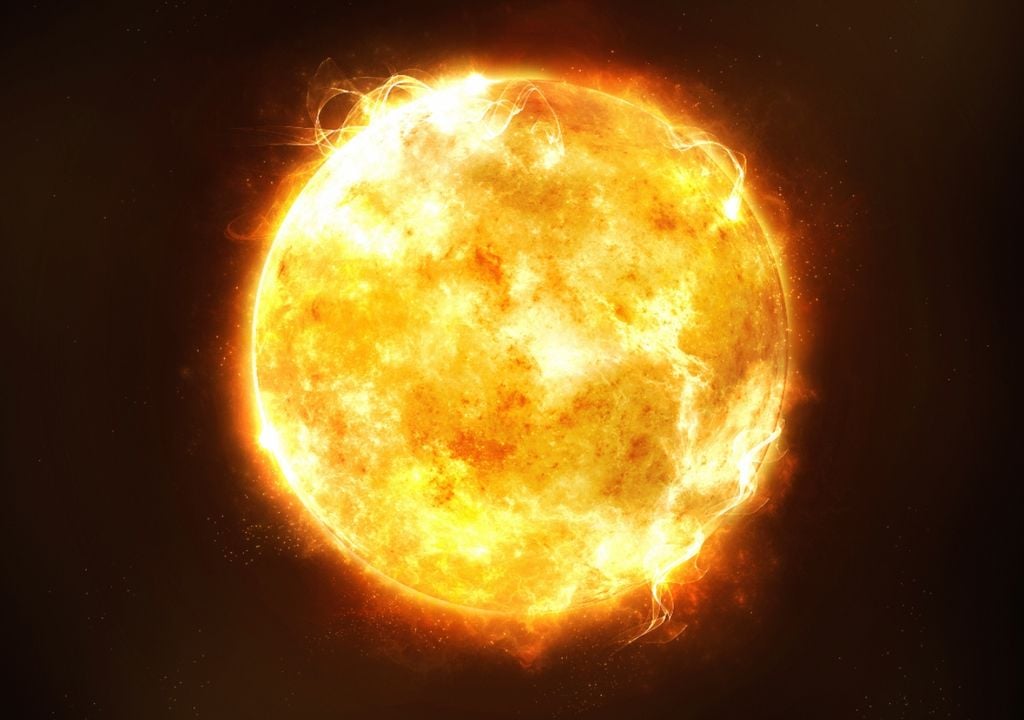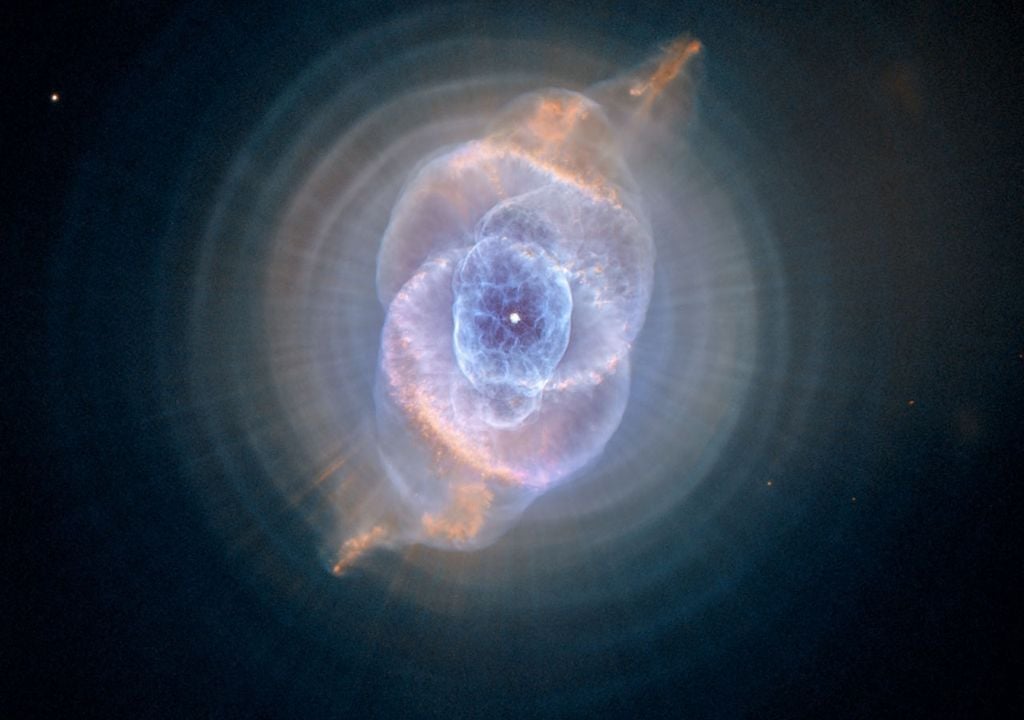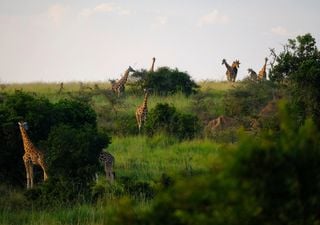When and how will our Sun die?
After a long period of debate in the scientific community, a 2018 study came to highlight the planetary nebula stage as the most probable final destination of our star. How will the events happen?

The advances in science in recent decades in the field of astronomy have allowed scientists to know when and how the last days of the star in our Solar System will be. What we can take for granted is that no human being will be on this planet to witness it!
There was an arduous path of scientific debate to understand how the process would take place. Initially, astronomers thought the Sun would become a planetary nebula - a luminous bubble of cosmic gas and dust - but then tests suggested it would have to be a little more massive. It was in 2018 when the hypothesis of the planetary nebula as the most probable final destination once again gained strength.
The increase in the brightness of the Sun will end life on our planet
The Sun is about 4.6 billion years old, based on the age of other objects in the Solar System that formed around the same time. Based on observations of other stars, astronomers predict that it will reach the end of its life in about 10 billion more years.
Other things will happen along the way. In about 5 billion years, the Sun will become a red giant. The star's core will shrink, but its outer layers will expand to the orbit of Mars, engulfing our planet in the process. If it's still there by then.
But by then, we won't be here anymore. In fact, humanity only has about 1 billion years left unless we find a way to get off this planet. This is because the Sun increases its brightness by 10% every billion years.
It doesn't seem like much, but that increase in brightness will end life on Earth. Our oceans will evaporate and the surface will be too hot for water to form.
The final path to a planetary nebula
What is difficult to pinpoint is what will come after the red giant stage. Several previous studies have found that for a bright planetary nebula to form, the initial star must have been up to twice as massive as the Sun.
However, the 2018 study published in Nature Astronomy used computer models to determine that, like 90% of other stars, our Sun will most likely shrink from a red giant to a white dwarf, then end up as a planetary nebula.

"When a star dies, it expels a mass of gas and dust called the envelope into space. The envelope can be half the mass of the star. This reveals the core of the star, which at this point in its life is running out of energy and fuel, going out and finally dying," explains astrophysicist Albert Zijlstra, from the University of Manchester, one of the authors of the article.
The planetary nebula
"Only then does the hot core cause the ejecta envelope to glow brightly for about 10,000 years, a short period in astronomy. This is what makes planetary nebulae visible. Some are so bright that they can be seen from extremely large distances measuring tens of millions of light years, where the star itself would have been too faint to see."
They are called planetary nebulae not because they actually have anything to do with planets, but because, when William Herschel discovered the first ones in the late 18th century, they looked similar to planets through the telescopes of the time.
The data model the team created actually predicts the life cycle of different types of stars, to find out the brightness of the planetary nebula associated with different stellar masses.
"Not only do we now have a way to measure the presence of stars aged a few billion years in distant galaxies, which is a notoriously difficult range to measure, but we have even figured out what the Sun will do when it dies!" Zijlstra exclaimed.








